9 Creatures So Unfathomable They’re Named After Monsters

The monstrous harpy eagle. (Photo: Bjørn Christian Tørrissen/WikiCommons CC BY-SA 3.0)
Pining for a more resplendent world, one with dragons, unicorns and other fantastic beasts? Fear not—the natural world is full of creatures with near-magical abilities, and scientists who name them accordingly. Once you’ve met the yeti crab, the basilisk lizard, and the dracula ant, you might put your Ashton collection back on the shelf.
1. The Yeti Crab
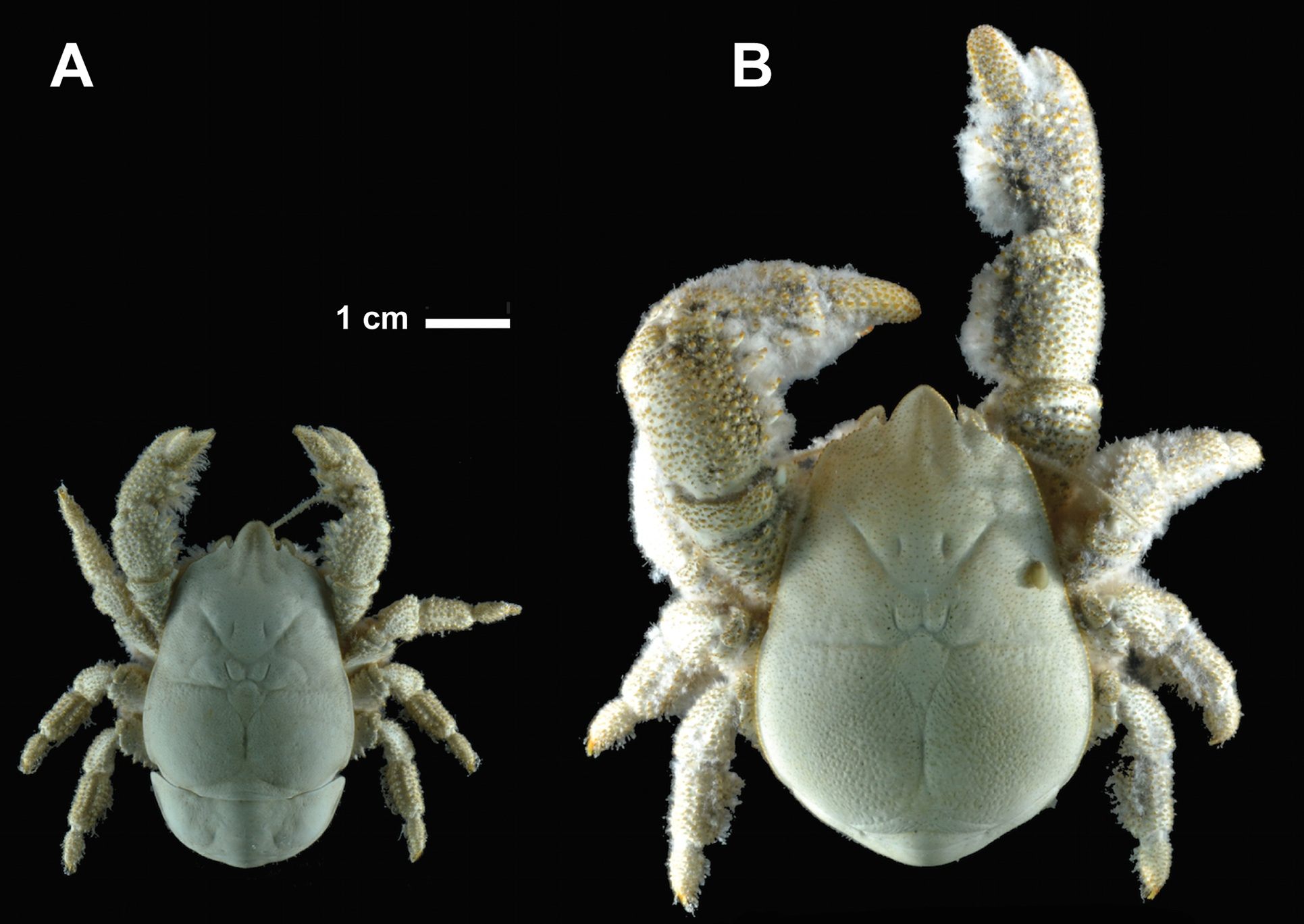
A female and a male yeti crab show off their hairy arms. (Image: Dr Sven Thatje / CC BY 4.0)
Yeti crabs may be smaller than their namesake, but they have abominable gumption—they live in big gangs on top of piping-hot underwater volcanoes, and have been known to take on two balder crabs at once when a piece of shrimp is at stake. They also have entire bacteria farms growing on their huge, fuzzy limbs. Last week, a new species of yeti crab was discovered in Antarctica, where it’s so cold that any crab who ventures too far from his hydrothermal home is immediately paralyzed. Real yeti, take note—that’s one reason to never come down off your mountain.
2. The Hydra
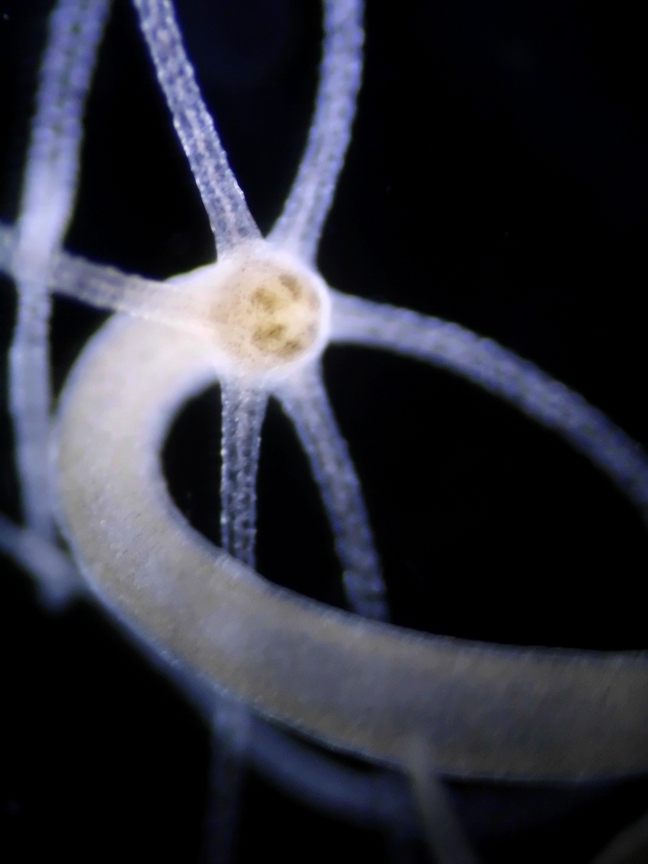 If the tiny hydra looks this size to you, you’re probably in big trouble. (Photo: Kruczy89/WikiCommons CC BY-SA 3.0)
If the tiny hydra looks this size to you, you’re probably in big trouble. (Photo: Kruczy89/WikiCommons CC BY-SA 3.0)
In Greek mythology, the Hydra was a snake monster with poisonous breath and between five and one hundred re-sprouting heads, depending on which poet was trying to scare you. In contemporary reality, the genus Hydra is made up of creatures the size of pencil shavings, but don’t be fooled. When hunting, a hydra uses one of its many tentacles to lasso its prey, and the rest of them to shoot it with poisonous darts until it dies, at which point the hydra is already eating it whole. A particularly hungry one will go after prey twice its size. For us larger creatures, the hydra is more existentially scary—because it regenerates all of its cells every few weeks, it is the only creature known to science that essentially lives forever. Those Greek poets don’t seem so crazy now.
3. The Flying Dragon
Draco volans, Latin for “flying dragon.” They are found all over Southeast Asia. (Photo: Firereptiles/WikiCommons Public Domain)
He’s scaly, he’s colorful, his shadow blackens the jungle floor as he soars through the sky… this guy is really not far off. Although much smaller than anything depicted on Game of Thrones, these flying dragons use their powers sparingly—they never fly when it’s rainy or windy—but when they want to take off, they put their heads down, elongate their wings, stretch out a special flap of skin, and steer with their tails. They can make it about half the length of a football field before running out of steam. Imagine how much further they could go if they hoarded jewels, though.
4. The Dracula Ant
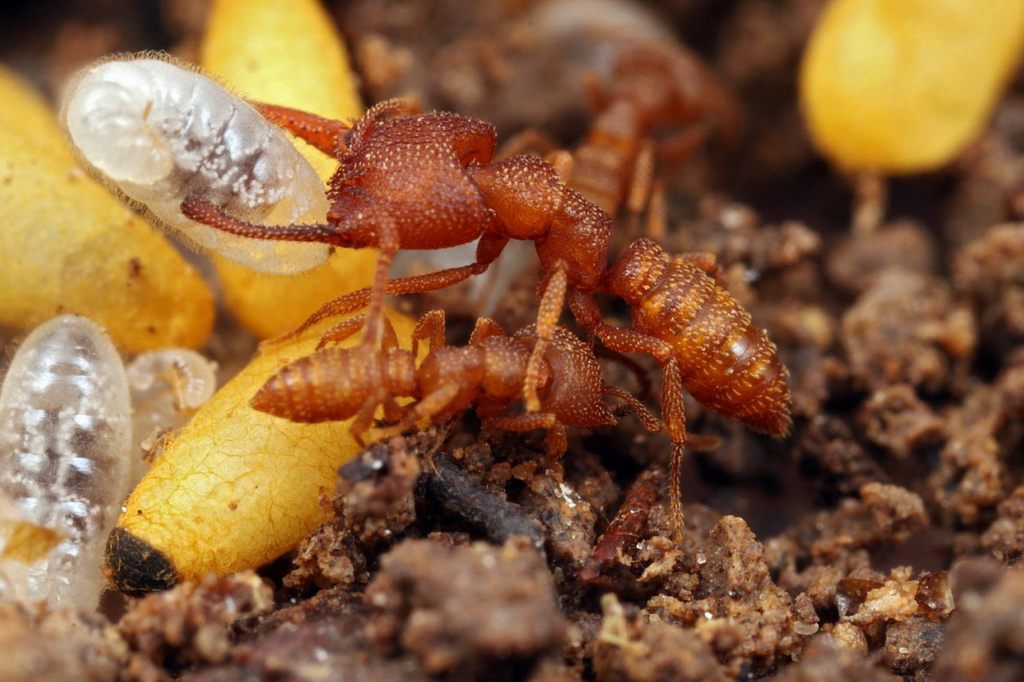 Some dracula ants with their innocent victims. (Photo: Steve Shattuck/Flickr CC BY 2.0)
Some dracula ants with their innocent victims. (Photo: Steve Shattuck/Flickr CC BY 2.0)
Dracula ants are exceedingly well named. Dracula himself is known for a couple of things—drinking blood, and seeming like a decent guy until nighttime. Worker dracula ants are generally nice to their larvae, protecting them from predators, and bringing huge venomous centipedes home for dinner. But they also engage in a little habit called “nondestructive parental cannibalism,” in which they bite holes in their well-fed offspring and drink just a little bit of blood. According to one source, larvae “become visibly unsettled when a hungry worker enters their chamber, and even make futile attempts to flee.” Monsters!
5. The Harpy Eagle
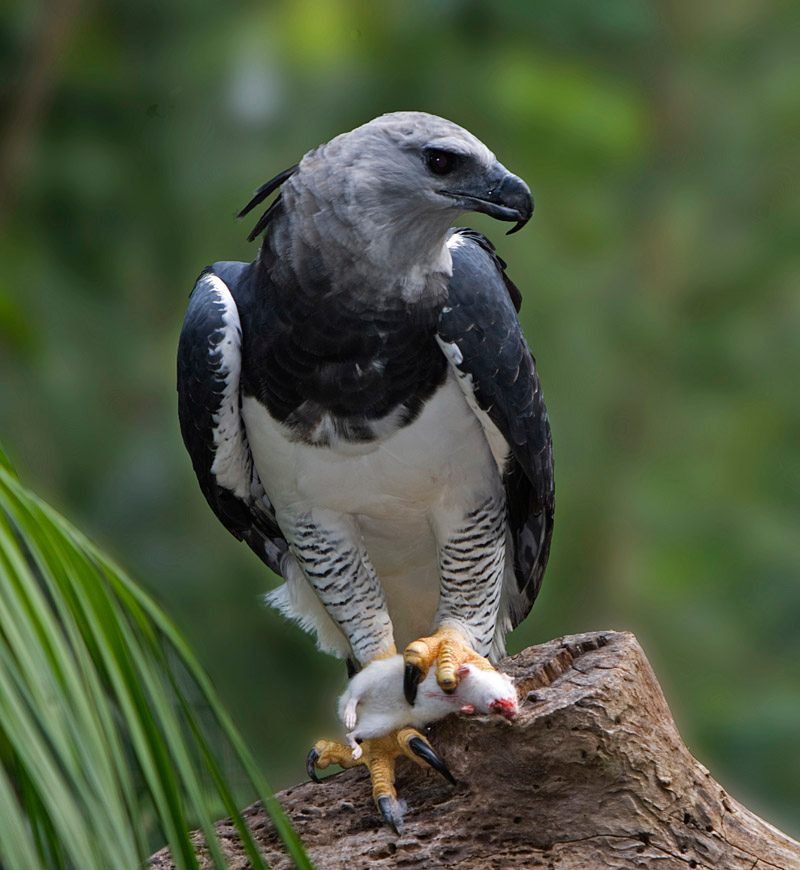 A harpy eagle lords over its supper. (Photo: Tomfriedel/WikiCommons CC BY 3.0)
A harpy eagle lords over its supper. (Photo: Tomfriedel/WikiCommons CC BY 3.0)
The harpies of Greek mythology had the bodies of birds and the heads of women, and spent their time abducting people with their terrifying claws and torturing them in midair. One particular legend holds that Zeus punished the treasonous King Phineus by blinding him and putting him on an island with a buffet of treats and a bunch of harpies, who kept stealing or “befouling” the food before he could eat it. Harpy eagles prefer to abduct and eat rodents, but they could probably mess with a king if they felt like it. They have six-foot wingspans, and their claws are bigger than a grizzly bear’s. Females are nearly double the size of males, with resplendent crests that stand on end when they’re feeling rattled.
6. The Goblin Spider

Miniscule goblin spiders glow like jewels. (Photo: Michael I. Saaristo/WikiCommons CC BY 3.0)
If this kind of spider ended up in a gold-grubbing goblin’s horde, it wouldn’t be too out of place. The tiny arachnids “look almost like they are covered with glitter,” says Charles E. Griswold, who discovered five new types this January. Goblin spiders live in the dirt rather than in webs, and some of them have small horns protruding from their faces, making them the triple-crown winners of the animal-monster circuit—Unicorn Goblin Spiders.
7. The Sphynx
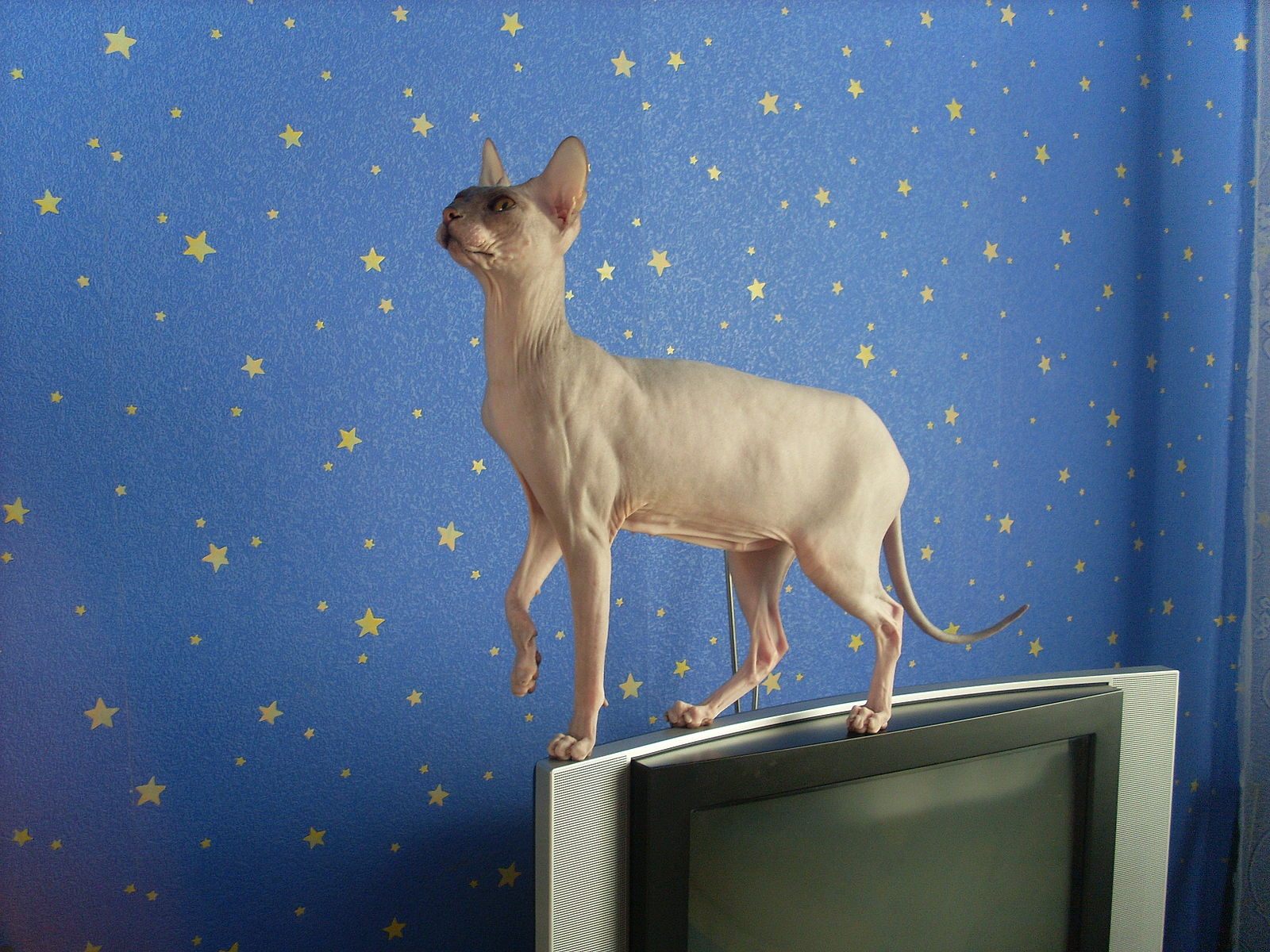
Modern sphynxes prefer TV to riddles. (Photo: Smser/WikiCommons CC BY-SA 3.0)
Unlike most of the creatures on this list, the Sphynx was deliberately fashioned after a monster—cat breeders took advantage of some natural mutations to form this mostly hairless, pointy-eared, wise-eyed feline, and named it after a merciless lion-beast (but spelled it slightly differently)! Also unlike most of the creatures on this list, you might want one in your house. Sphynxes are energetic and smart, greet their owners at the door, and look great in the many lines of specially-designed cat sweaters available for purchase on the Internet.
8. The Basilisk Lizard
The basilisk lizard is also called the Jesus lizard, even though it has probably never converted anything to stone, wine, or Christianity. It doesn’t even exactly walk on water—rather it sprints for its life, taking advantage of its webbed toes to splash over the surface. Still, not bad for something whose generic name is “the common basilisk.”
9. The Chimaera
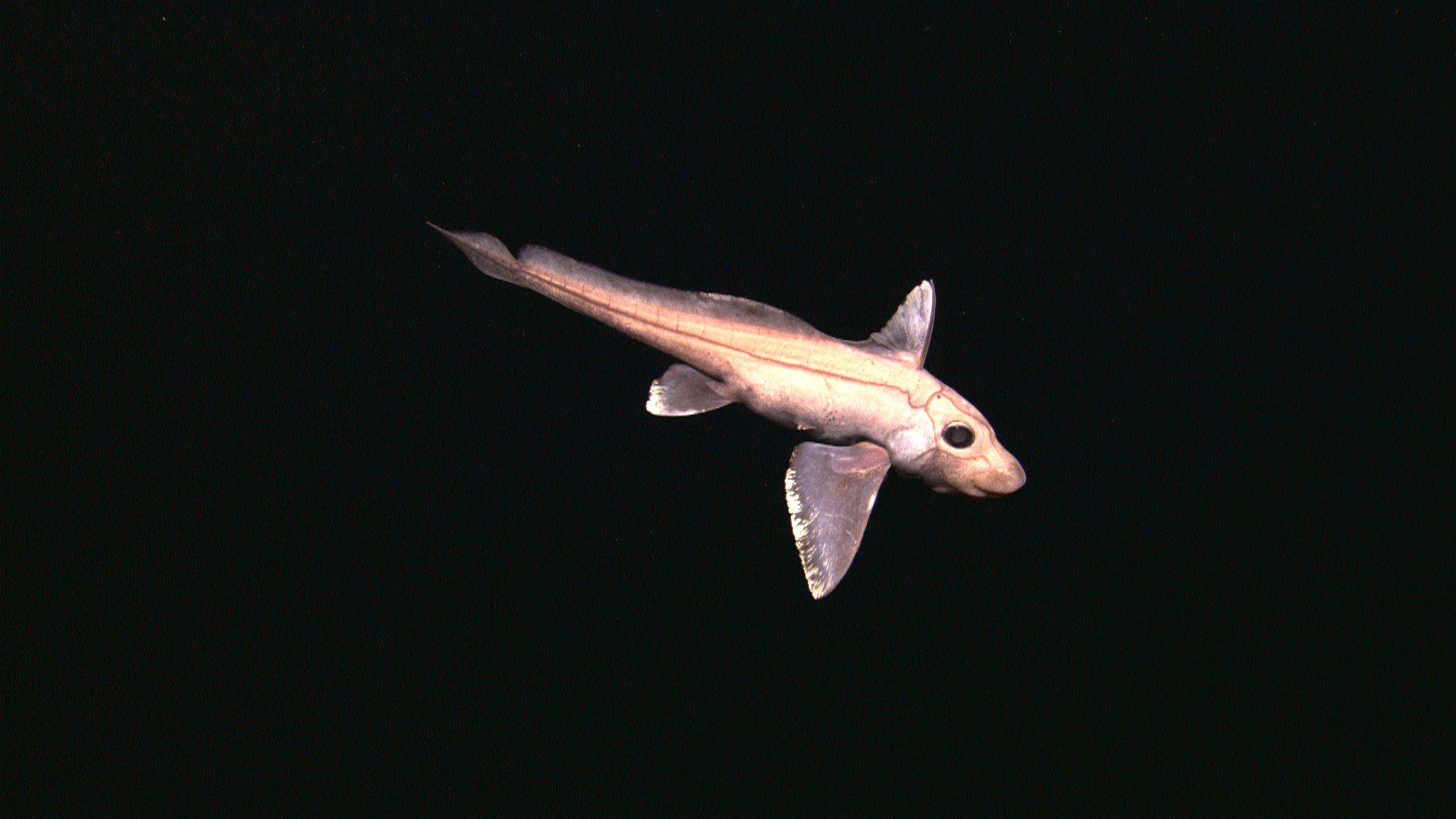
Look at this chimaera’s enigmatic grin. (Photo: NOAA/WikiCommons CC BY 2.0)
The word “chimera” used to refer to a very specific type of goat-lion-snake hybrid, but has since evolved to mean anything wildly fantastic—a good catchall for this animal, a strange hybrid of past and present. Even scientists who study ancient fishes, some of the strangest creatures the Earth has ever seen, call the chimaera “bizarre,” and name the subtypes things like “ghost shark” and “spookfish.” They live in extremely deep water, find their prey with electric receptors, and defend themselves with poisonous back spines. Females lay leathery eggs, and males have retractable sex organs on their foreheads. In pictures, they often look like they’re smiling.


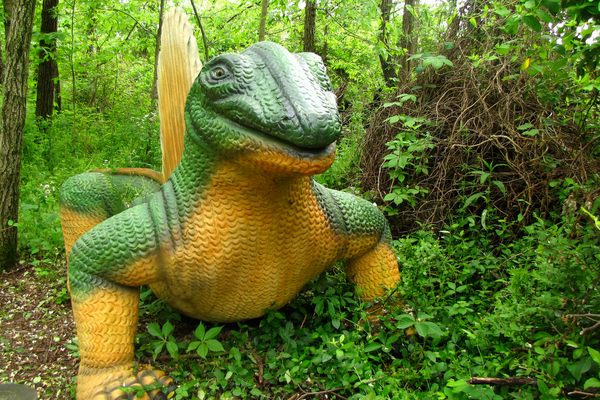

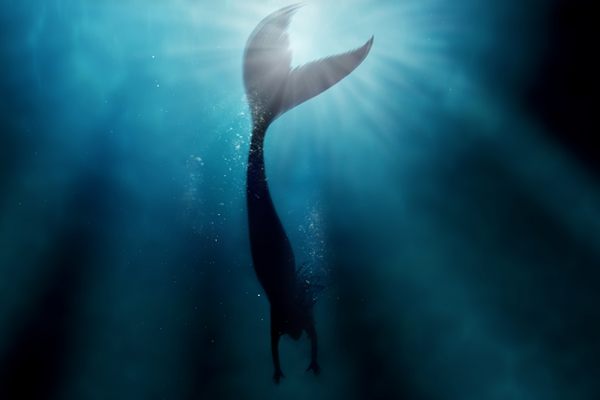











Follow us on Twitter to get the latest on the world's hidden wonders.
Like us on Facebook to get the latest on the world's hidden wonders.
Follow us on Twitter Like us on Facebook